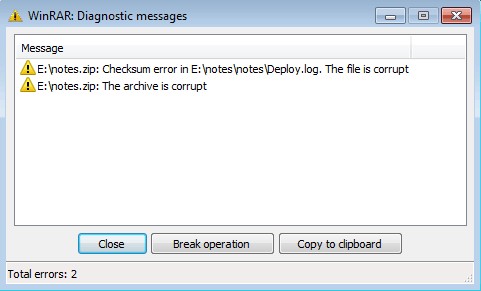


All links here ! portal roms WBFS to ISO 1. Your doctor will discuss all treatment options suitable to your particular situation with you and your loved ones and gain your consent prior to the commencement of any treatment.Wii Backup Manager is a useful tool that will save your Wii data to DVD backups, FAT32, NTFS and WBFS drives. Is there a cure?įor younger people, a stem cell transplant is an option and is the only known cure for MDS in a small number of people. Your doctor will explain what the best treatment is for you. Studies have shown that people with low risk and Intermediate–1 MDS, have better outcomes using the “Watch and wait” with supportive care strategy. Targeted therapy is now available in Australia for treating MDS, and has been shown to be effective in people with Intermediate-2 and high risk MDS.

Supportive care does not aim to treat the disease but can help alleviate symptoms such as shortness of breath and symptoms of bruising or bleeding. This is mainly due to this group of people being unable to tolerate the stronger treatments used for MDS. Supportive care may be the most appropriate treatment for older people or those with other health problems. Therapies may be administered that help remove the excess iron from the body. iron chelation therapy – red blood cells contain iron and when people with MDS require ongoing blood transfusions, they can build up excess iron in their bodies (iron overload) which can be damaging to body organs.The considered use of antibiotics can prevent a simple infection becoming life-threatening antibiotics – people who have a reduced immune system from MDS may be at an increased risk of developing severe infection.Transfusing blood products may be required to alleviate symptoms and to improve overall health blood and platelet transfusions – MDS may lead to a reduction in the number of circulating blood cells.Supportive care is aimed at improving the person’s quality of life and may even extend the person’s life. Supportive care refers to the administration of therapies to alleviate symptoms of the disease or to manage the side-effects of the therapies. No intervention is needed unless the person begins developing signs and symptoms of the disease indicating it is progressing. Watch and wait involves regular monitoring of blood and general health. RARS is generally managed using the “Watch and Wait: Active Monitoring” approach with supportive care if or when required. This subtype of MDS affects women and men equally. The majority of people diagnosed with this subtype of MDS are generally older with the average age being 60-73. from the nose or gums), bruising and the need for more frequent blood transfusions. Signs that the disease may be progressing may include frequent infections, bleeding (e.g. The liver and spleen in this subtype may show evidence of iron overload. In this sub type there are less than 5% abnormal blast cells in the bone marrow and no blasts found in the circulating blood. The score is calculated based on the bone marrow blast (immature) cell count, number of blood cell types affected and number and type of genetic changes on a cellular level. This system predicts the risk of your disease transforming into an acute leukaemia or your likely prognosis. MDS is classified as low risk, intermediate-1 and intermediate-2 or high risk according to the International Prognostic Scoring System (IPSS) at diagnosis. What is the risk RARS will transform to acute myeloid leukaemia (AML)? RARS results in red cell dysfunction due to an abnormality or changes in the cell. This ring occurs as a result of the red blood cells being unable to process the iron that is used for making haemoglobin, therefore causing it to build up and be deposited within the red blood cell. It is this ring that is seen under the microscope and accounts for the name ‘ring sideroblasts’. In RARS, a low number of circulating red blood cells have a ring like deposit of iron around the nucleus (where DNA is stored) of the cell. RARS constitutes about 3-11% of all myelodysplastic syndrome (MDS) cases. For others it may progress rapidly into a different subtype of MDS or transform into an acute leukaemia. For many people, MDS can remain stable for many years causing few symptoms. MDS-RARS constitutes about 3-11% of all myelodysplastic syndrome (MDS) cases. Home Blood cancer information Types of blood cancer Myelodysplastic syndromes (MDS) MDS – RARS MDS – RARS What is refractory anaemia with ring sideroblasts (RARS)?


 0 kommentar(er)
0 kommentar(er)
